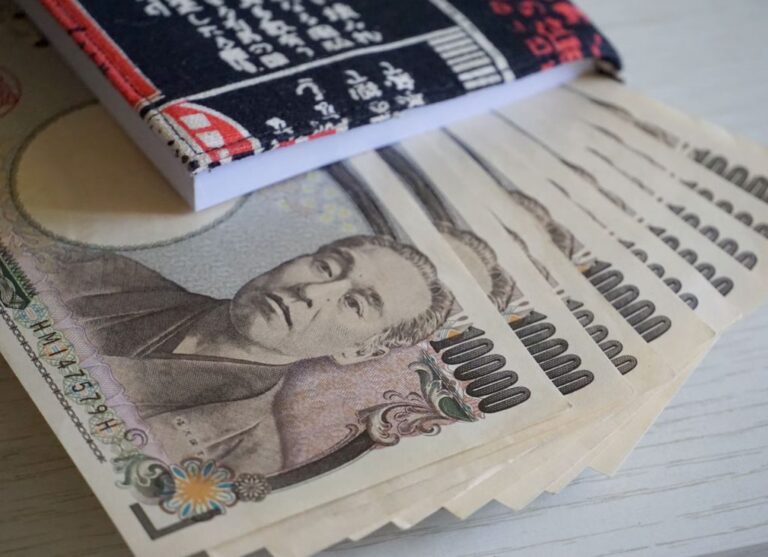
Morning Brief – What goes down must not come up…
What goes down must not come up…
The case for a stronger South African Rand continues to grow in momentum. However, the spot (and indeed forward price) has been reluctant to follow. Why? First let’s make the case for a stronger Rand. Following municipal elections in South Africa, the risk of a major upset has largely passed. Despite the dwindling support for the ANC and notably low voter turnout, the worst-case risk priced into the election did not (or at least has not yet) materialise(d). This was a key political and socio-economic obstacle for the nation to pass in order for the Rand to correct from recent lows.
Subsequently at COP26, a big announcement was unveiled and the beneficiary was South Africa. 8.5 billion Dollars was promised to help end South Africa’s reliance on coal energy in the name of climate change. This deal is funded internationally providing a direct capital injection into South Africa. Load shedding is still commonplace in South Africa and whilst the $8.5bn is to allow South Africa to transition to more sustainable and eco-friendly methods of power output, it will inevitably provide cash which will begin to allow the burden of Eskom, as well as its failing and poorly maintained coal power stations, to become a problem of that past. Eskom and its debt have consistently been cited as a cause of the Rand’s ailments and the state-owned company finally has a taste of what it needs: money.
This month, the South African Reserve Bank caught the market off guard with a surprise rate hike. This followed a budget speech a few days earlier that was warmly welcomed by the market and considered to provide much needed support to the economy without compromising fiscal integrity. All of these factors did provide relief to the Rand in early November, however, the Rand subsequently lost ground once again down to year-to-date lows against the US Dollar.
The reason for this is the simultaneous threat that a rising Dollar presents to the SA economy and in turn the Rand. Due to the proportion of hard-debt in South Africa, a rising Dollar presents challenges to the Rand threatening fiscal sustainability and unwinding the potential upside of at least two of the Rand-positive arguments above (the rate hike and the promising budget). Given that the US Dollar is still showing little signs of being overbought despite a somewhat relentless rally, it may not be time to call a change of tides in the Rand just yet.
Discussion and Analysis by Charles Porter

Click Here to Subscribe to the SGM-FX Newsletter
Related Insights

Morning Brief – Japanese Yen
Japanese Yen With JPY at a new 34 year low versus EUR, the market is set for an ambush by the Bank of Japan if it acts today at the end of their Policy Meeting to support the Yen. The reason that the market is susceptible is because it has convinced itself that the BoJ […]

Morning Brief – Coalition
Coalition This briefing is about South Africa and the Rand, which frequently proves to be one of the more divisive subjects within our roster of currencies. In particular, with the election looming, this will be about South African governance. Not from a political or human perspective about what may be the best long term outcome […]

Morning Brief – US Tariffs on Chinese Imports
US Tariffs on Chinese Imports Recently we wrote about how Mexico has become the Number One trade partner for the USA. It now transpires that Mexico may have had what is known as a little assist with their numbers: the statistics for the number of 20 foot shipping containers for the first three Quarters of […]



 Humphrey Percy
Humphrey Percy Charles Porter
Charles Porter